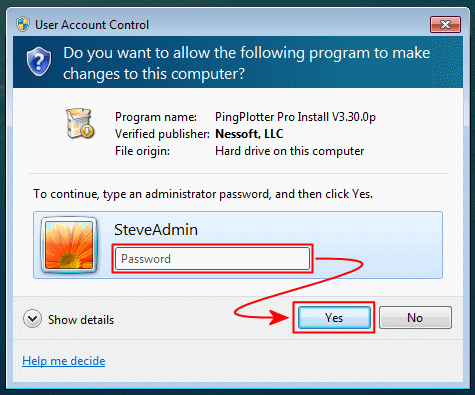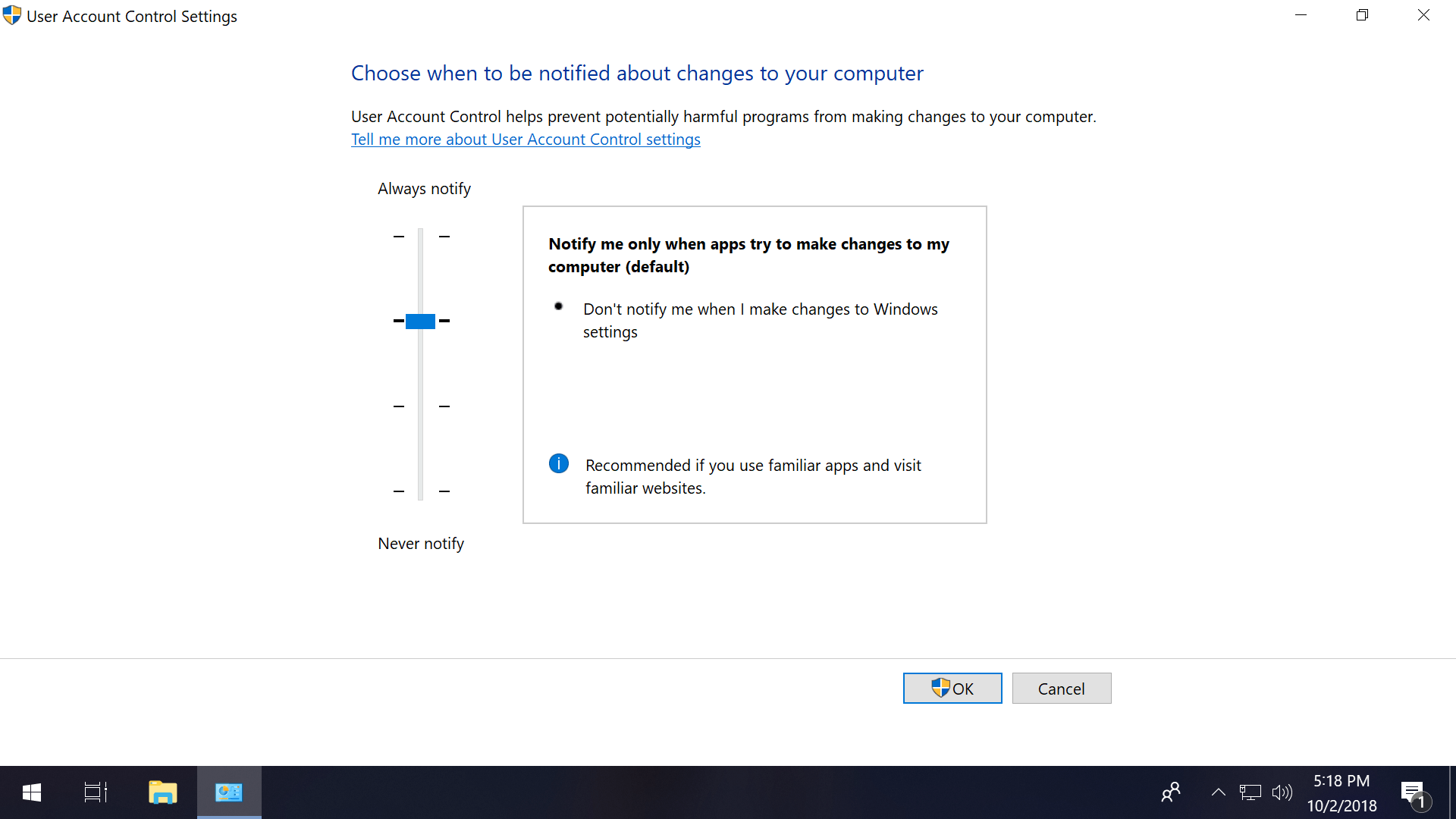


Step 2: In the Run command box, type secpol.msc, and then click the OK button to open Local Security Policy. To do so, as you likely know, you need to press Windows + R keys simultaneously.Īlternatively, you can type Run in the Start search box and then press Enter key to open Run command box.

In this method, we are going to enable the hidden Administrator account using Local Security Policy, and this feature (Local Security Policy) might not be available in all editions of Windows 10. Method 3 of 3 Enable the hidden administrator account Also, you can quickly switch to or sign in to the Administrator account by clicking the user account picture on the Start and then clicking the Administrator. The enabled Administrator account should be visible on the login screen. That’s it!Ĭlose the Local Users and Groups window. Step 5: Under the General tab, uncheck the option labeled Account is disabled, and then click the Apply button to enable the built-in admin account. Step 4: Now, double-click on the Administrator entry in the middle pane to open its properties dialog. Step 3: Here, in the left pane, click Users folder to see various account names in the middle pane. Step 2: In the Run command box, type lusrmgr.msc and then press Enter key to open Local Users and Groups window. Tip: You can pin Run command to Start by following our how to pin Run to Start menu in Windows 10 guide.

Step 1: Open Run command box by simultaneously pressing Windows + R keys. Method 2 of 3 Enable the hidden administrator account Tip: To disable the built-in Administrator account, type Net user administrator /active:no in the elevated Command Prompt. This hidden Administer will now also appear on the login screen of Windows 10. The newly enabled built-in Administrator account can now be accessed by clicking your user account picture in the Start menu and then clicking the Administrator account. Step 2: In the elevated Command Prompt, type the following command and then press Enter key. When the elevated Command Prompt is launched, the “Administrator” word will appear on the toolbar of the Command Prompt (see below picture). Click the Yes button when you see the UAC box to open elevated Command Prompt. When you see the UAC prompt, click the Yes button.Īlternatively, you can type CMD in the Start/taskbar search box, right-click on Command Prompt entry, and then click Run as administrator option. Be sure to press all three keys simultaneously. To open Command Prompt as an administrator, you need to type CMD in Start search box and then simultaneously press Ctrl + Shift + Enter keys. Step 1: Open elevated Command Prompt (Command Prompt with admin rights). Enable the built-in administrator account in Windows 10


 0 kommentar(er)
0 kommentar(er)
